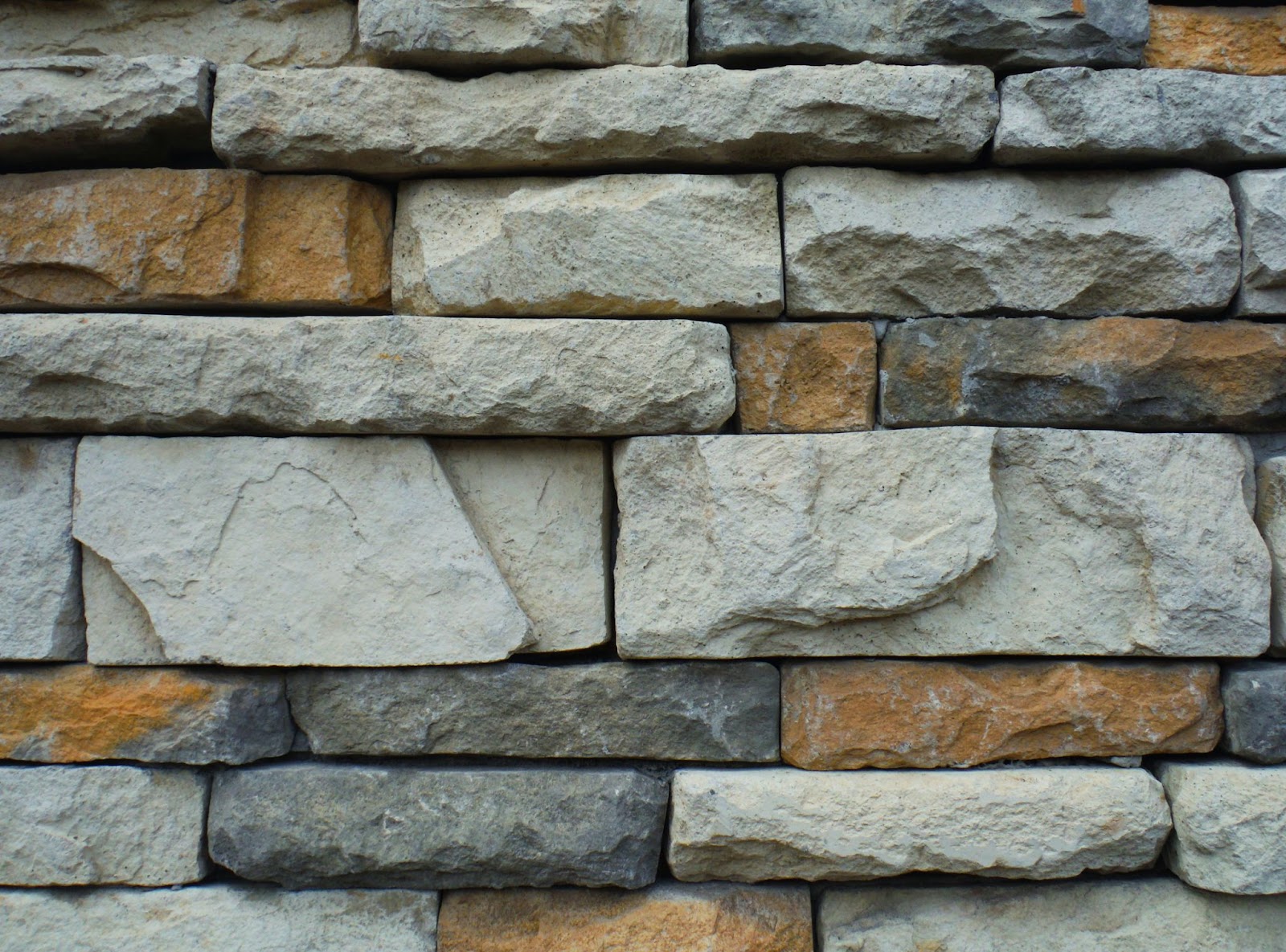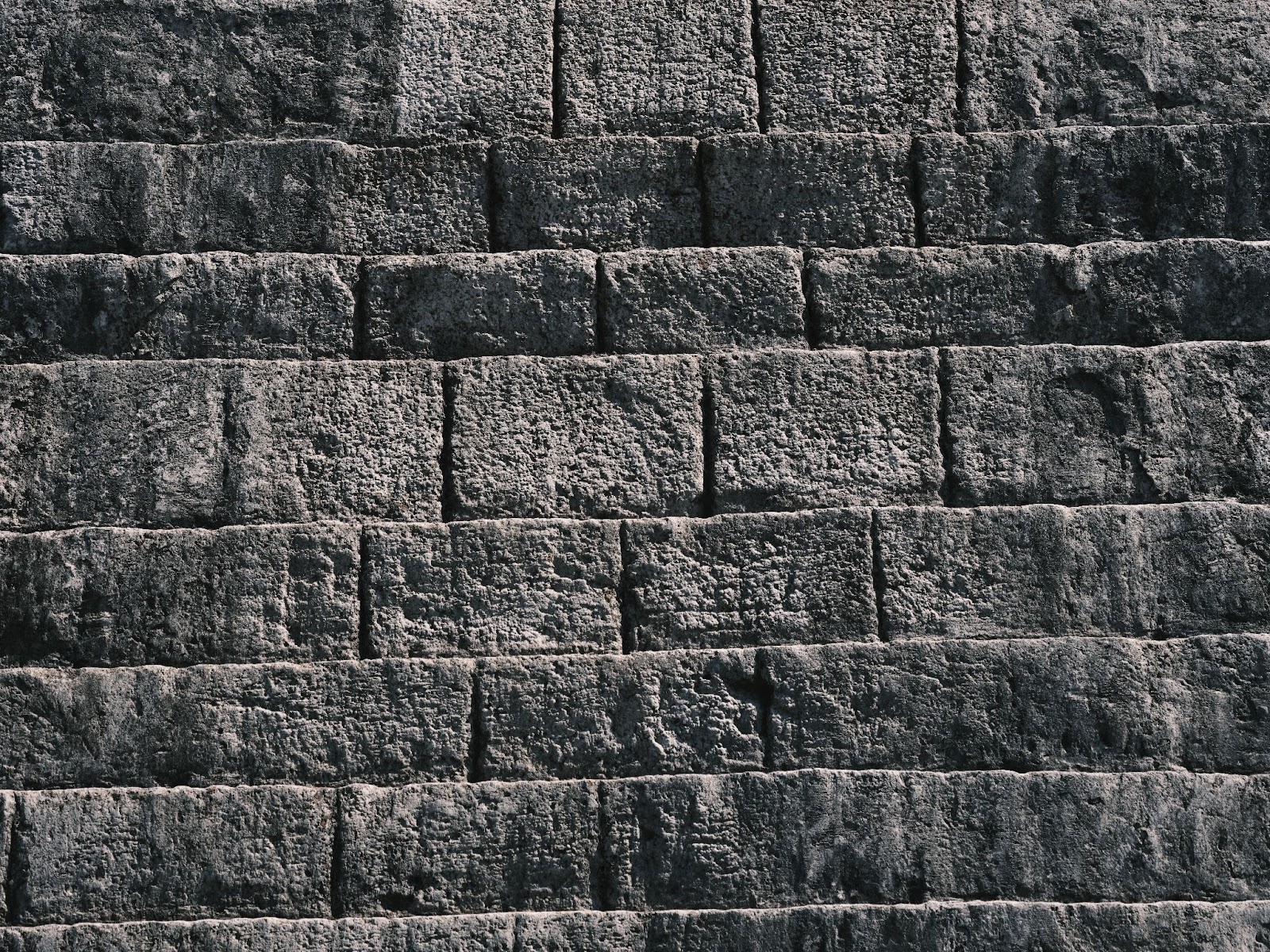Are you confused about the various layers of masonry construction? Whether you are constructing a new building or renovating an existing one, it’s essential to have an understanding of what makes up the layers of masonry.
This article will explain the different rows or layers used in masonry construction and what they’re called. You’re sure to learn something new!
Introduction to Masonry Construction
In masonry construction, the rows or layers of stone, brick, or block are called courses. Each course is laid horizontally and leveled to ensure a sturdy and stable structure.
Masonry construction has been used for thousands of years to create durable and aesthetically pleasing structures. From the Great Pyramids of Giza to medieval castles and modern commercial buildings, masonry has been a staple in construction.
The courses in masonry construction are secured using mortar, a paste made of sand, water, cement, and sometimes lime. This paste fills in the gaps between the stones or bricks, adding stability to the structure. Proper construction of courses in masonry is essential to the longevity and durability of the structure.
Types of Masonry
In masonry construction, the rows or layers of stones, bricks, or blocks are called courses. The different types of masonry include brick masonry, stone masonry, and concrete block masonry.
Brick masonry involves the use of bricks for the construction of walls, facades, or partitions. There are different types of brick masonry based on the type of mortar used, such as English bond, Flemish bond, and common bond.
Stone masonry involves the use of natural stones for the construction of walls and facades. The different types of stone masonry include rubble masonry, ashlar masonry, and coursed masonry.
Concrete block masonry involves the use of concrete blocks for the construction of walls, partitions, or fences. Concrete blocks come in different shapes and sizes, such as hollow blocks, solid blocks, and interlocking blocks.
What are Masonry Rows or Layers?
In masonry construction, the rows or layers of stones, bricks, or blocks are known as courses or masonry courses. They are horizontal layers that are systematically placed on top of each other to create a structure.
Each course is made up of individual units, such as bricks or stones, which are held together by mortar. The bottom course is called the foundation course and serves as a base for the subsequent layers.

The courses are arranged in a specific pattern to ensure the stability and strength of the structure. The placement of each unit is critical to the integrity of the overall structure. Masonry construction requires precision, and any deviation from the pattern can compromise the structural integrity of the building.
Properly constructed masonry courses ensure the longevity and durability of the structure while providing an aesthetically pleasing finish.
Functions of Masonry Rows or Layers
In masonry construction, the rows or layers of stone, brick, or block are referred to as courses. Courses are horizontal layers of material that are laid in a bed of mortar and leveled to create a sturdy structure.
The functions of masonry rows or layers are:
- To distribute the weight of the structure evenly over the foundation
- To provide stability to the structure
- To create a level and straight surface for the construction of upper courses
- To maintain the alignment and balance of the construction as it progresses
Proper placement and alignment of each course is essential in creating a functional and aesthetically pleasing masonry structure.
In Masonry Construction, Wat are the Rows or Layers of Stone, Brick, or Block Called?
In masonry construction, the rows or layers of stone, brick, or block are called courses. There are three types of courses in masonry construction.
1. Header Course:
A row of masonry units where the short end of the unit is facing outwards or towards the face of the wall is known as a header course. These units run perpendicular to the face of the wall and are used to tie the two wall faces together.
2. Stretcher Course:
A stretcher course is a row of masonry units where the long end of the unit is facing outwards or towards the face of the wall. These units run parallel to the face of the wall and are used to build up the body of the wall.
3. Rowlock Course:
A rowlock course is a row of masonry units where the broadest side of the unit faces outward or towards the face of the wall. These units run perpendicular to the face of the wall and create a horizontal decorative effect.
Pro Tip: Proper alignment and leveling of courses are crucial for building a sturdy and visually appealing masonry structure.
Benefits of Masonry Rows or Layers
In masonry construction, the rows or layers of stone, brick, or block are called courses, and there are several benefits to using them in a building project.
Here are some of the benefits of masonry rows or layers:
1. Stability: Courses help to distribute the weight of the structure evenly, providing added stability.
2. Durability: A well-built structure with courses can withstand harsh weather conditions, high winds, and seismic events.

3. Aesthetics: Masonry courses offer a variety of design options, including different colors, textures, and patterns, making it possible to create beautiful and unique structures.
4. Flexibility: Masonry courses can be easily adjusted to fit different building shapes or styles.
Masonry courses provide numerous advantages over other construction methods, making them a popular choice for building projects. Pro tip: Consult a professional mason to ensure that your courses are properly built for optimal strength and longevity.
Challenges of Masonry Rows or Layers
Masonry rows or layers are horizontal courses of brick, stone, or block that are laid on top of each other to form a masonry structure. While masonry construction offers excellent durability and strength, it presents various challenges during the installation of each row or layer.
One of the significant challenges of masonry rows is ensuring that each course of masonry aligns perfectly horizontally and vertically with the previous course. Failure to achieve proper alignment can impact the stability and structural integrity of the building.
Other common issues faced during masonry construction include inconsistent materials, poor workmanship, and challenging weather conditions. To overcome these challenges, masons must follow strict building codes and standards, use high-quality and consistent materials, and maintain proper alignment and leveling throughout the construction process.
In masonry construction, the rows or layers of stone, brick, or block are called courses. These courses are essential in creating a strong and stable structure. Each course is typically laid perpendicular to the one below it and is secured using mortar or cement. The number of courses in a building varies depending on the design and height of the structure.
The courses are usually organized in a running bond pattern, which involves laying the bricks or stones in an alternating pattern, so that each piece overlaps with the one below it. This helps to distribute the weight evenly throughout the structure and ensures that it remains stable and durable over time.
In conclusion, understanding the importance and function of courses is crucial in masonry construction, as it impacts the overall strength and longevity of a building.
